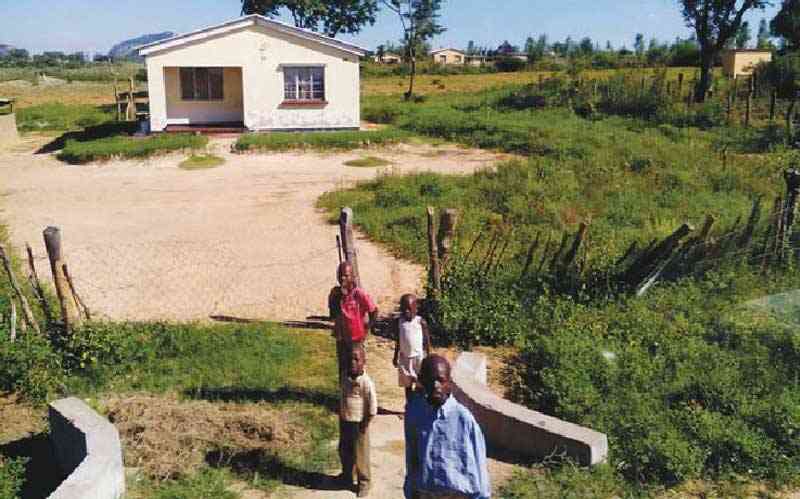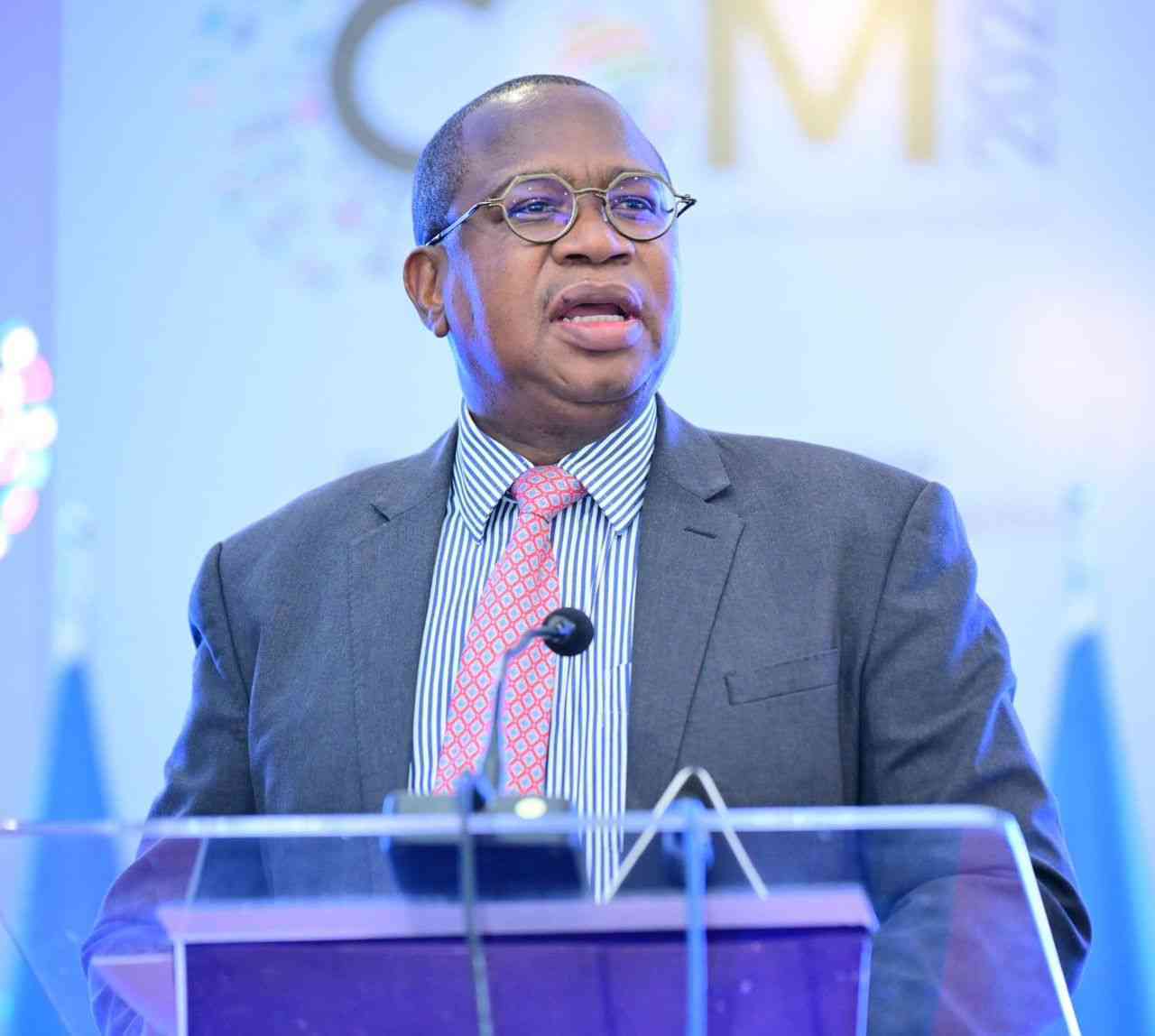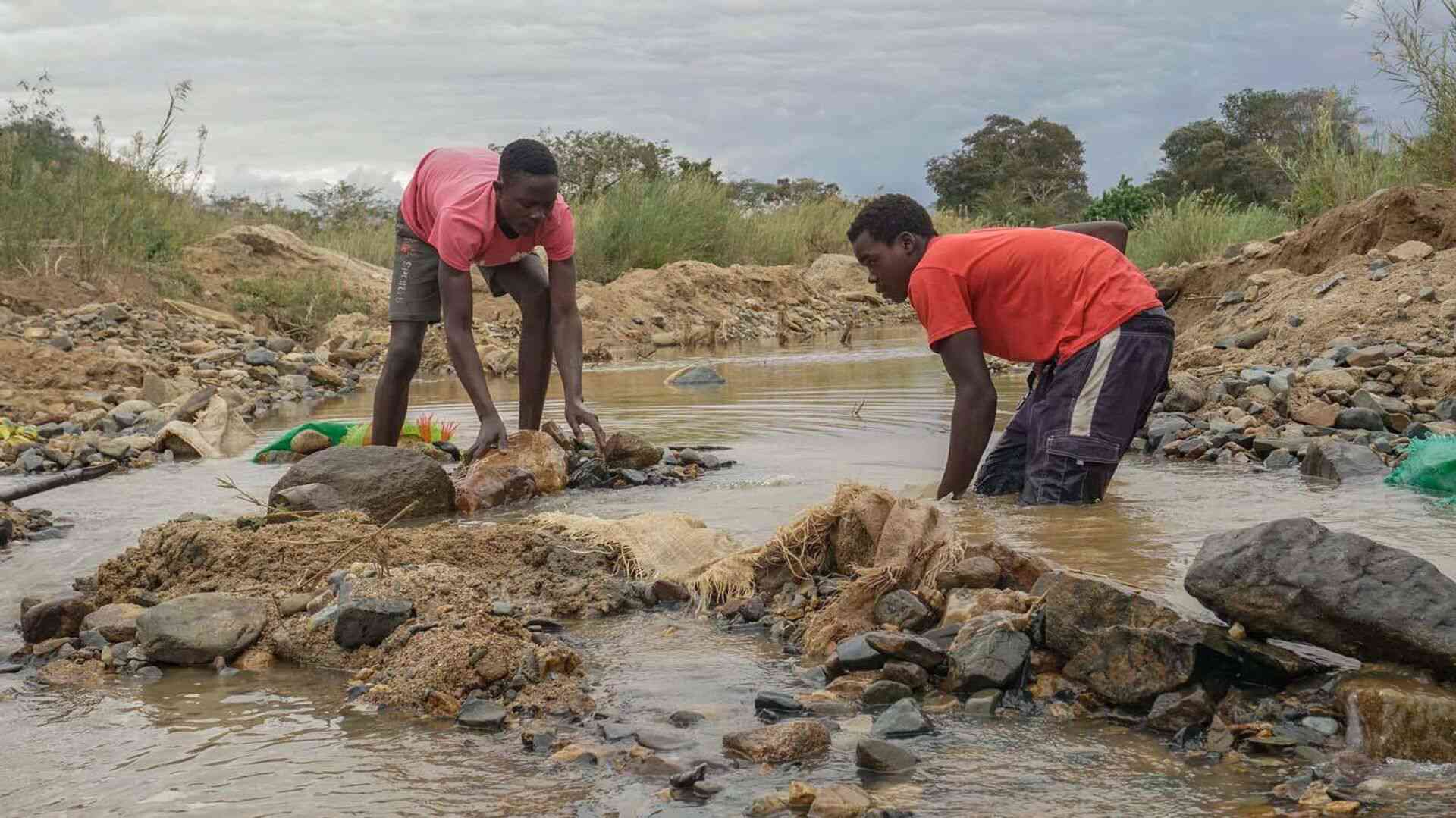
The mining sector is Zimbabwe’s key revenue generator, contributing approximately 70% to foreign currency earnings in the last decade. In 2022, the sector contributed about 11% to the national output (GDP).
Despite its positive contributions, the sector continues to face many challenges culminating in the underdevelopment of mining host communities – a natural resource curse. This column, therefore, seeks to unpack some of these developmental challenges experienced by mining host communities.
Lack of sustainable infrastructure
The mining sector involves the movement of heavy machinery which damages roads, especially gravel or dust roads.
Local roads in mining communities are in a deplorable state and are becoming a real threat to human life, especially during rainy seasons.
The bridges require urgent renovation. Schoolchildren are being forced to cross full-flowing rivers and streams.
This is widening inequalities between the urban and rural dwellers as rural school pupils will have to take some school days if not weeks off until the flowing streams are normal.
Also, because of poor roads, residents are facing transport challenges in their communities as they are forced to walk many kilometres, especially during the rainy season to access a highway as transport operators involuntarily shun their localities due to poor roads and bridges.
- Experts downbeat as Ncube cuts GDP forecasts
- New perspectives: De-link politics from Zim’s education policies
- Experts downbeat as Ncube cuts GDP forecasts
- New perspectives: De-link politics from Zim’s education policies
Keep Reading
People living in rural areas eke out an existence in the agriculture sector. Hence, good road networks are needed for them to be able to access markets before their perishable horticulture produce is affected.
The government is facing limited fiscal space to solve the school and health infrastructure gap. In real terms, public social spending has been declining significantly over the years.
This is one of the reasons Zimbabweans especially those in rural areas continue to face challenges in accessing public health institutions. This is perpetrating injustice to pregnant women and children who need constant checks by health care providers.
There are shortages of medicines in public health institutions within mining host communities.
These healthcare institutions are also understaffed and are without basic medical equipment.
Furthermore, mining host communities are facing challenges in accessing safe and clean water in their communities.
Failure to access clean water is a health scare as it causes deadly waterborne diseases like typhoid and cholera.
This is an infringement of citizens’ right to safe water as stipulated in Section 77 of the Zimbabwe Constitution.
The foregoing shows that mining companies are not stepping up efforts to support host communities through meaningful investments in sustainable infrastructure that will benefit the current as well as future generations.
Historically, most towns and growth centers like Shurugwi were developed around mining thus supporting infrastructure development and powering economic activity.
However, this is no longer the case as new mining investors are erecting temporary structures and in most instances are using containers for housing.
Since most of these mining companies are located in rural areas, investment in social infrastructure is needed to help to close the disparity between urban and rural areas.
Yet, mining companies are just concerned with making a profit without appreciating the communities they are extracting resources.
Unsustainable mining activities
Most mining methods currently being used across the nation are not environmentally friendly. For example, in Zvishavane and Shurugwi open cast methods are being used to extract chrome and gold.
However, the miners are not filling the pits when the resource is extracted and exhausted thereby posing a great danger to both human and animal life.
The effluent from the mining activities is destroying aquatic life and polluting water sources for human consumption while mine blasts are polluting the air.
Also, artisanal miners are now mining close to the roads and residential areas raising issues of safety for commuters and children respectively.
Unsustainable mining activities are causing farmer-miner conflicts as communities are losing their cattle, goats, and children who are falling into these pits. The disused mines are now death traps and a source of misery, agony, and extinction of community wealth.
Furthermore, irresponsible open-cast mining methods are contributing to the siltation of rivers.
This, buttressed by deforestation also fuels mudflows and rock falls endangering life. The gradual siltation of dams and rivers will have a long-term impact on agricultural activities, the mainstay of rural livelihood.
Unsustainable mining is also driving voluntary and involuntary displacements of people from their cultural land to pave the way for mining companies.
Those displaced are not being provided with enough resources to facilitate a smooth transition to new life or environments.
Displaced people countrywide are now living near national parks thereby increasing human-wildlife conflicts.
The fact that communities do not have land tenure rights is making it difficult for them to be compensated.
The existing laws in some instances override the rights of displaced people to legal remedies like compensation.
In addition, the contribution of unsustainable mining activities to climate change cannot be overemphasized and this is increasing risks for mining host communities.
For instance, some miners are mining in wetlands which are key in flood protection. Also, the clearing of forests to pave the way for mining activities without reforestation is destroying carbon sinks.
Infringement of labour rights
In mining, there are unforeseen contingencies that can lead to disability and or death. These include mine collapse, permanent injuries caused by unsuccessful mine blasts, and lung diseases from mine dust among others.
As such, there is a need for mining companies to ensure the safety and health of workers all the time in addition to fair remuneration. However, it is reported that many accidents are happening that are being covered up without awarding compensation to the victims.
This is against the country’s Labour Act which provides for compensation of workers when they incur work-related losses.
The rights of employees are being infringed as some mining owners are abusing their workers.
A good example of systemic and widespread abuse of locals is a 2020 case in which a Gweru-based Chinese mine owner allegedly shot two (2) employees during a row of outstanding salaries.
Although they are earning forex from their sales, the majority of mining companies are still paying workers 100% in fragile local currency (ZWL).
There are also reports of delays in salary payments as some are going for months without a salary despite the impact of exchange rate depreciation on ZWL earnings. These miners are benefiting at the expense of employees as they will be paying salaries eroded by inflation.
Lack of employment opportunities
Generally, when a mine is opened, we expect employment of many local people. This is vital in the alleviation of poverty and the realization of shared economic growth. Zimbabwe is targeting to achieve an upper-middle-income status by 2030 and this is largely anchored on the performance of the mining sector.
However, the mining host communities are not experiencing significant benefits in terms of job creation. It is reported that most decent posts are being occupied by people from outside, with locals only given menial jobs and being employed on a temporary basis.
More so, little empowerment programs are being done by mining companies to support locals. The fact that the majority of the people eke out an existence in farming shows a lack of opportunities in mining for the locals. The lack of employment creation is largely affecting young people who are already struggling with high unemployment and poor-quality education as well as limited education opportunities. Consequently, the youths are now indulging in alcohol and substance abuse, early marriages, and other criminal activities.
Barring maximum employment of women is also the lack of support from the government to allow them to access advanced mining equipment and technologies. This has made mining work more labour intensive (more physical) which by natural design and other homework demands such as family (child) care, women cannot sustain the physicality demanded in this sector for a long time.
As such, they are now depending on low-income earning methods like vending, for example, selling tomatoes and vegetables instead of direct participation to earn improved incomes. Further, there is a lack of support for persons with disability (PWD) to increase their participation in mining.
How mining contracts, rights, and claims are awarded and managed works against those who are physically challenged. The double allocation of claims as a result of the use of a manual cadastre system means that people have to visit the district offices quite often, a challenge for PWDs. Consequently, the youths with disability are facing double discrimination for being young as well as having a disability.
Illicit Financial Flows (IFFs)
Many ASM miners are not selling through formal channels most of the time due to the delays in payments and the prices quoted in the formal market largely lag behind existing global prices. The involuntary foreign currency surrender requirements thresholds by RBZ where some part is being paid in Zim dollars undermine the delivery of gold and other minerals to formal markets.
Also, formal buyers are mostly found in urban areas so to cut travel costs, ASM miners utilize existing individual buyers. The opportunity cost of these IFFs is foregone development of mining host communities in particular and the nation in general.
- Sibanda is an economic analyst and researcher. He writes in his personal capacity. — [email protected] or Twitter: @bravon96











